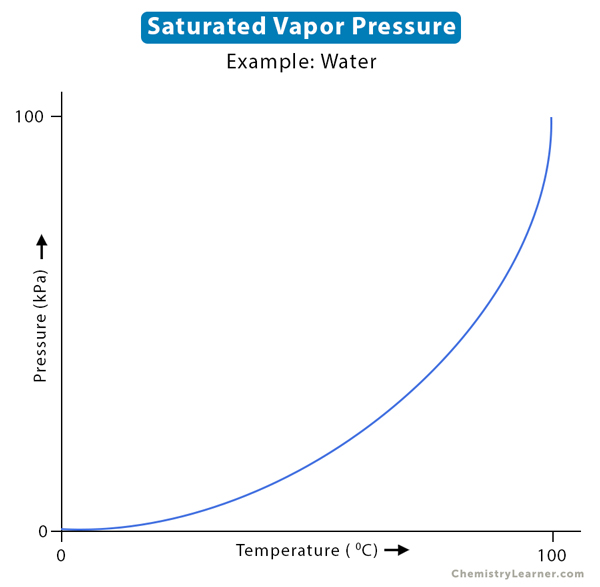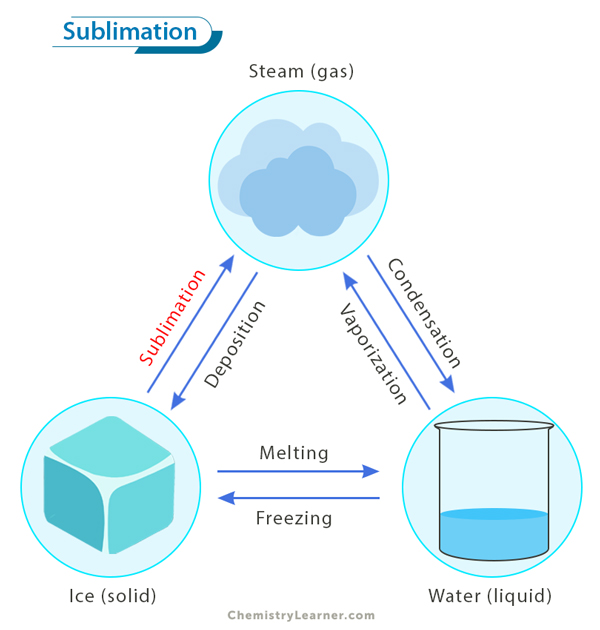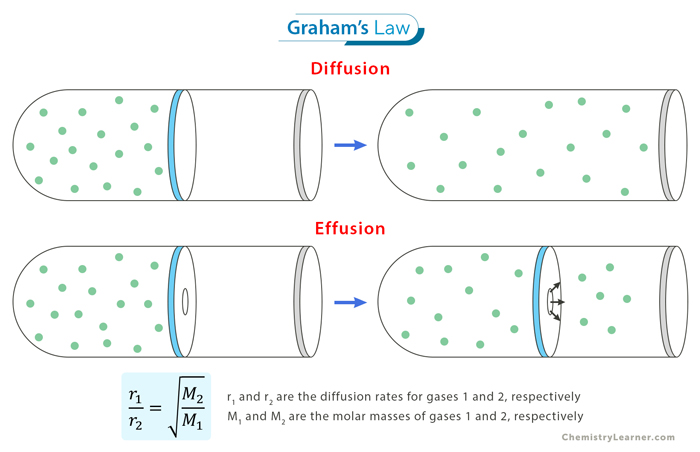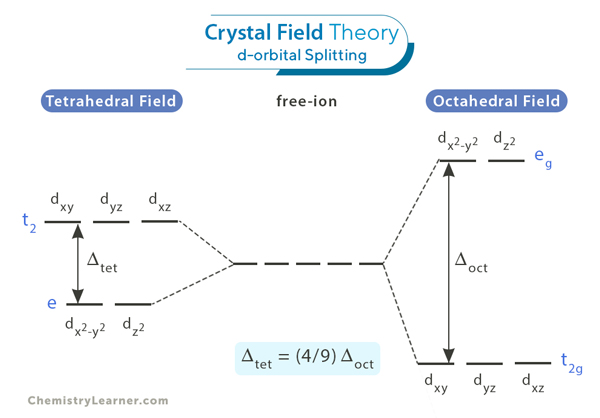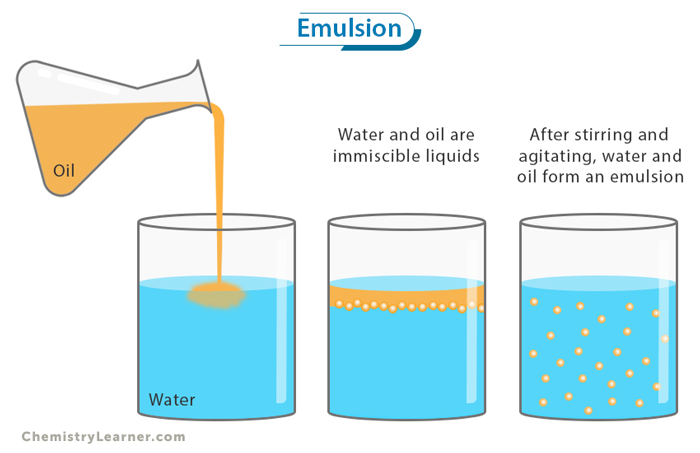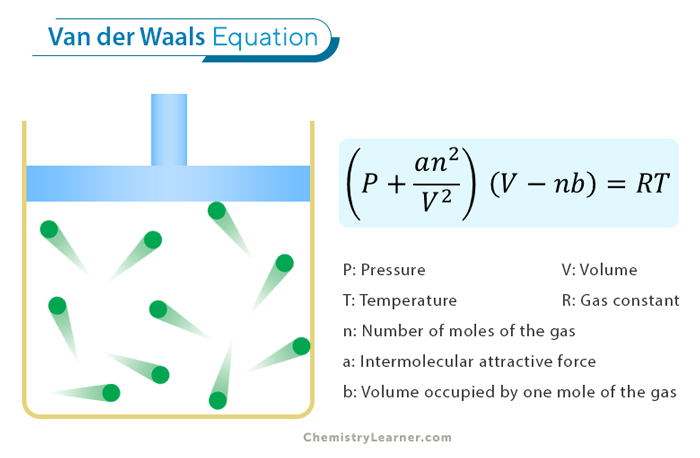Saturated Vapor Pressure
The process of evaporation can be explained based on kinetic theory. During evaporation, the molecules on the liquid’s surface escape and fill the space above it. As more molecules migrate, the pressure of the vapor increases. If the escaping molecules lack energy, they may return to the surface. It happens when combined forces of the liquid molecules pull them back [1-4].
In a closed vessel partly filled with a liquid and air is removed, the high energy molecules escape into space. They move randomly, strike the liquid surface, and become a part of the liquid phase. This phenomenon is known as condensation. Thus, the number of molecules in the gas phase increases for a while during evaporation before decreasing during condensation. The vapor reaches saturation when the number leaving equals the number returning.
An equilibrium point is reached when the evaporation rate equals that of condensation. The pressure at this point is known as the saturated vapor pressure. It is the pressure at which gas is in thermodynamic equilibrium with its condensed state. It is an intrinsic property that is a function of temperature alone.
Saturated Vapor Pressure and Temperature
When the temperature is increased, molecules gain energy. More molecules have sufficient energy to break from intermolecular bonding in liquid and migrate to the space above. These molecules move from a liquid phase to a vapor phase. Under such a condition, the equilibrium is reached at a higher pressure. Therefore, the saturated vapor pressure increases with temperature. The Clausius-Clapeyron Equation gives a relationship between saturated vapor pressure and temperature [1-6].
ln Pvap = (-ΔHvap/R)(1/T) + C
Where
Pvap: Vapor pressure
ΔHvap: Heat of vaporization
T: Temperature
R: Universal gas constant
C: Constant specific to the liquid being tested
The graph above shows how the saturated vapor pressure of water varies from 0°C to 100 °C. The pressure scale is measured in kilopascals (kPa). The vapor is saturated at low pressure at lower temperatures and high pressure at higher temperatures.
